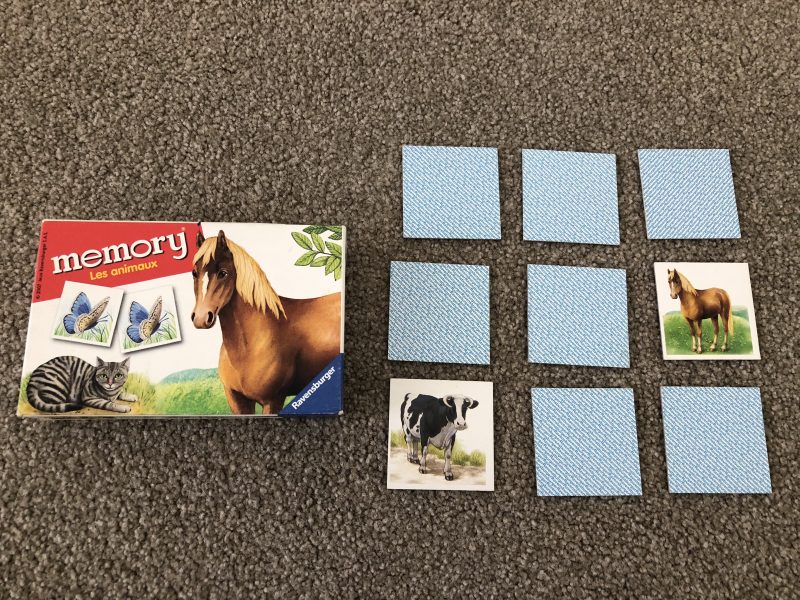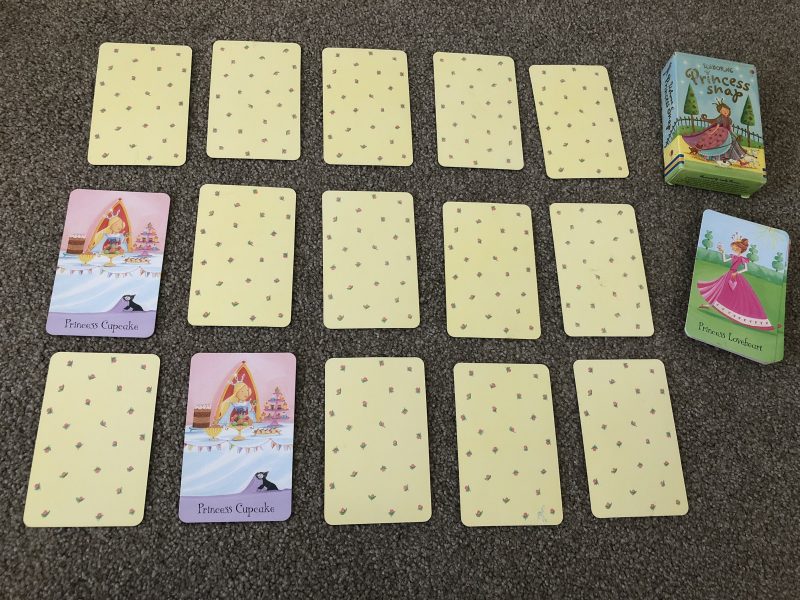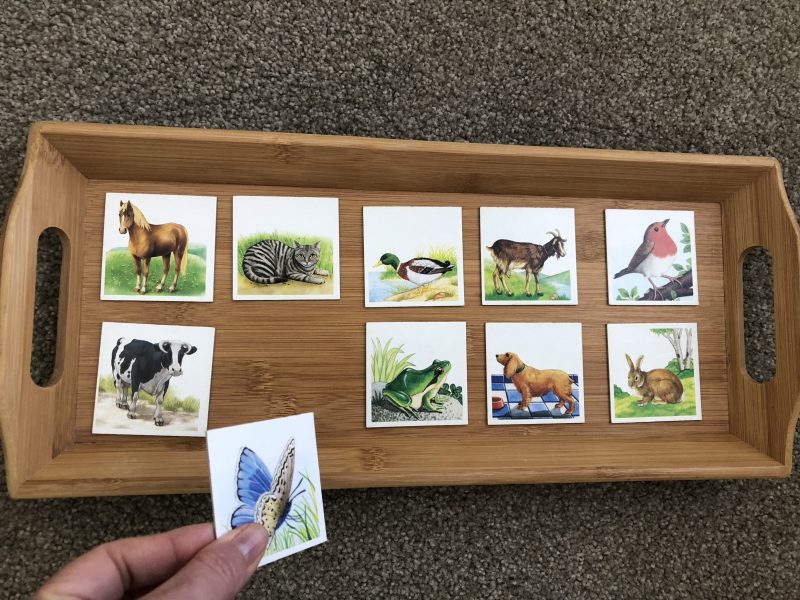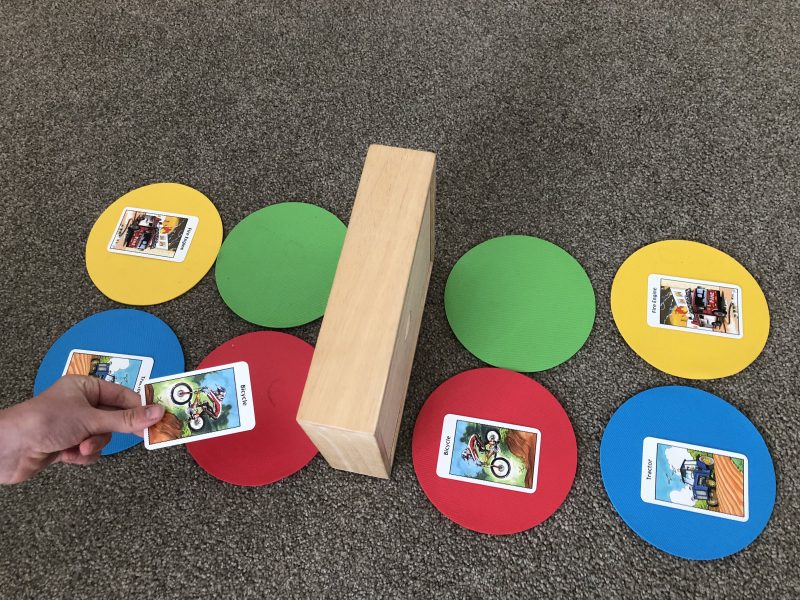It’s Therapy Thursday again…
Early on in the Lidcombe Program, once the parent and child are doing well with picture books, I usually introduce simple, structured card games.
The aim of varying the activities in talking practice sessions is to start to emulate the idea of generalisation. That is, the child practices stutter free speech in more than just book sharing activities. More importantly, the talking practice sessions should be as fun as possible for the child. For some children, it can be very difficult to balance the fun factor with achieving good quality stutter free talking. When children are very chatty or excitable, and the fun of the game triggers or exacerbates this, you will need to build in more structure – to the game and to the talking.
I tend to avoid using repetitive carrier phrases like “I got a…” because these phrases, like single words, quickly become sub-therapeutic. Even with quite severe stuttering, it is possible to vary the phrasing, keeping it super simple.
Which cards are best, depends on the age of the child and the severity of the stutter. Younger children (3-4 year olds) will enjoy simple picture cards in a matching game format. If the child’s stuttering is quite mild and the structure of the talking practice session doesn’t need to be too tight, then you can make the games more active and playful. Otherwise, I usually find that active games are too difficult to achieve enough smooth talking. More active games are often more suitable later on as a semi structured activity.
Here are a few ideas of how to change things up with card games:
- Use Snap card pairs to play short games of memory concentration. Turn over one card at a time, label it or ask the one word level questions and then let him turn over a second card. Same or different? My turn or your turn? etc.
The cards pictured below are super simple without much else to chat about other than labelling the animal. These cards work well with younger children and with more severe stuttering in which the talking practice sessions need a lot of tight language structure.
The card sets below work well for slightly older children, or for when the language structure is looser, because the cards have more content to comment on. You could model, “It’s my turn now. I’ve turned over a princess who is eating cakes…oh and another one the same so I can keep this pair”. Likewise, the vehicles cards also pictured below, have action that can be talked about, e.g. “This yellow digger is moving the sand” “The train is speeding past the trees”. If you need to keep it simple, you could model, e.g. “Ive got a digger and now I’ve turned over an ambulance”. Your turns are crucial to help set the language level of the talking practice session. To take it down a notch, you can have a few turns where you ask the child more closed questions or use some sentence completion e.g. “oh, you turned over a…” “and a…” “they’re not the same so…”
- Lucky dip bag of flash cards. Add in an extra element by making one card the winning card e.g. the first person to pull out the e.g. Lion card, is the winner?! Or use a pack of Old Maid Cards and whoever draws out the Old Maid is the loser. You can keep each turn as chatty as you want according to what modelling you use in your turn or how you use questions and other scaffolding techniques like sentence completion.
- Prepare a tray of cards and look at them, memorise what is there and then cover the cards with a cloth. The child closes his eyes, take one away, then ask him which one is missing. You can give clues and descriptions to help one another.
- Take turns at taking 2-3-4 cards from a pile and then making up a little story or some silly sentences linking each of the cards:
For example, using these flashcards, you could model the following language during your turn: “The girl rode her bike past the shed and bought a carrot at the shops. When she got back home, she was very sad because she lost her teddy along the way”
- You can also incorporate cards into a barrier game format:
Keep it really simple like the idea below and you can give instructions like “Put the bike on the red spot“. When it is the child’s turn they will give similar instructions and you will have several sentences in a row to praise
Lastly, here are a few ideas for more active games using picture cards:
- Make a trail of cards that have to be turned over or uncovered and then labelled or described.
- Use a ‘telescope’ made from a kitchen roll or similar and ‘spy things’ around the room.
- Darken a room (or not) and shine a torch on things to name.
Have fun with cards and share your ideas here too!
PS. If you are a parent and reading this, please chat with your Speech Pathologist so you can check in and be using the right contingencies and the right language level for your child.







